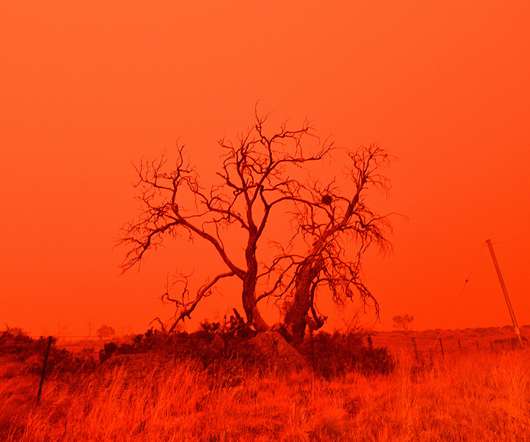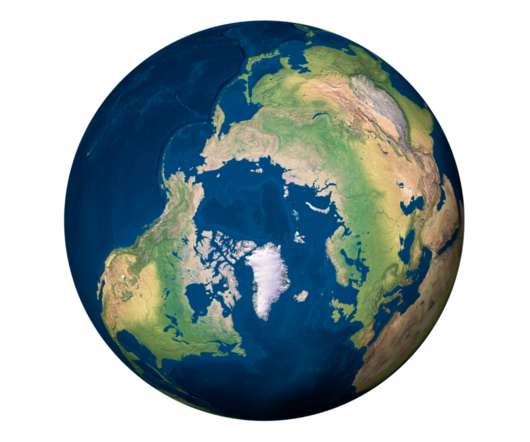Will sweat help us survive climate change?
Grist
SEPTEMBER 19, 2023
As the body tries to cool down, blood vessels widen, redirecting hot blood from the core of your body toward the surface. Even South America, in the throes of winter, saw unbelievable heat: A town in the Chilean Andes topped 100 degrees F — another all-time high. Other animals can sweat a bit, but not like us.















Let's personalize your content